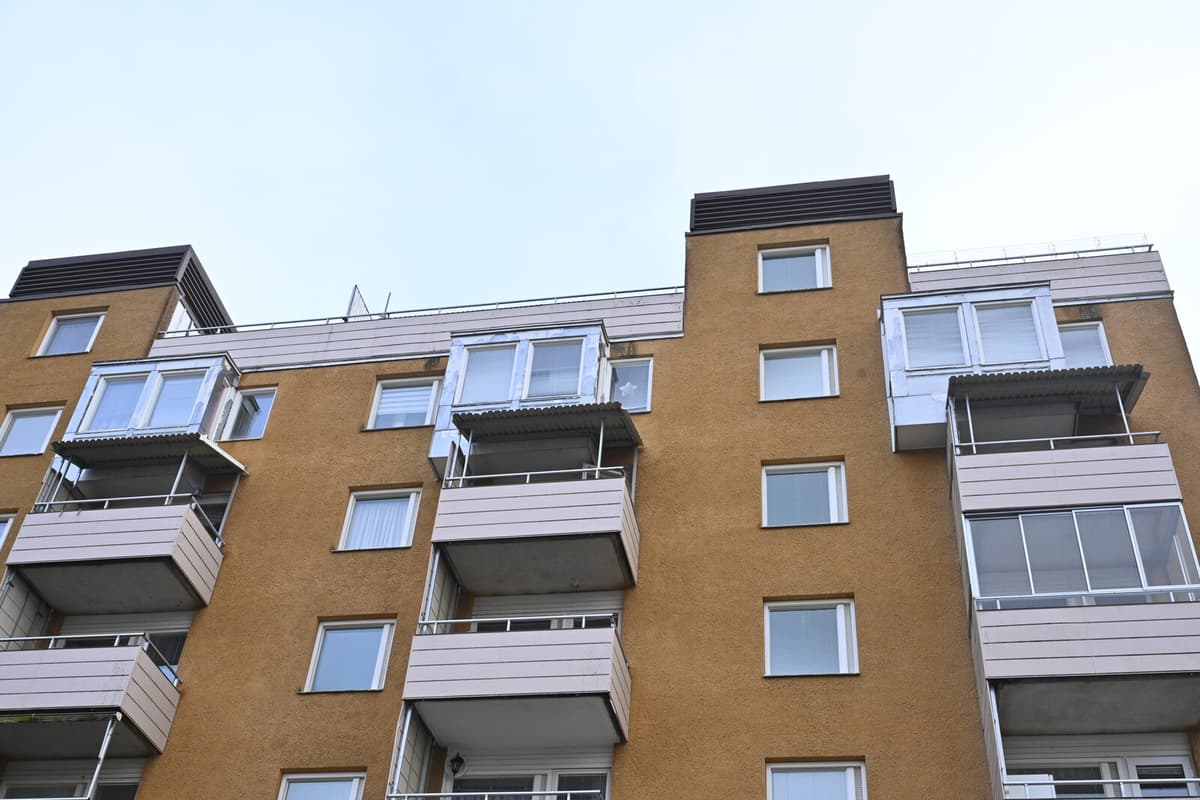Sweden's City Missions have released their annual homelessness report – and it paints a dark picture.
Especially when it comes to children and young people affected by homelessness.
”Can't afford it”
When the National Board of Health and Welfare mapped out homelessness in Sweden in 2024, they found that at least 9,400 children are affected by homelessness. That figure is likely just the tip of the iceberg.
There is a large number of unreported cases, the National Board of Health and Welfare also notes in their report. It's because many groups don't end up in the statistics. If you terminate your lease before being evicted, you don't end up in the eviction statistics, says Jonas Rydberg, Secretary-General of Sweden's City Missions.
How did it come to this?
There is certainly no easy or short answer to that question, but according to Jonas Rydberg, much of it has to do with Sweden's housing policy having fallen behind.
We don't live the same way we did 50 years ago. But the housing market hasn't kept up. It's not uncommon for someone to be a single parent with children in an apartment. Many who come to us can't afford a long-term rental contract, which we've seen over a longer period of time, he says.
He continues:
Sweden's housing policy is based on general housing provision without special measures. If you have a low income, there should be supplements like housing allowances, and there should be a variation of apartments. But it doesn't work. Other countries have increasingly moved towards special measures where, for example, they build apartments with lower rents or where the state in certain cases subsidizes rents.
Sweden's City Missions believe that measures like the ones Jonas Rydberg mentioned above can turn things around.
We can conclude that the Swedish model has failed. The housing allowance has been depleted for a long time. The net income of certain groups has not kept up. What's being built is not affordable, and not everyone gets access to the housing stock. That's the big problem.
Patchwork politics
The government has launched a homelessness strategy, and right now, the National Board of Health and Welfare has a government assignment to investigate why the number of evictions is increasing and to propose changes to counteract this. Sweden's City Missions welcome the government's work - but want to see more.
The problem is that it's patchwork politics, it doesn't have any real impact. The politicians listen, but they don't have the ability to do something jointly across party lines, says Jonas Rydberg.
Mikael Widerberg/TT
Facts: Homelessness
TT
The National Board of Health and Welfare's definition of homelessness includes four living situations: Acute homelessness, institutional or category-based living, long-term housing solutions, and own short-term housing solutions.
Sweden's City Missions broaden the concept with hidden/structural homelessness.
This refers to people who lack a secure and long-term housing, but who do not receive the support they are entitled to or need from society, and therefore do not appear in the National Board of Health and Welfare's homelessness statistics.
Source: National Board of Health and Welfare, Sweden's City Missions





